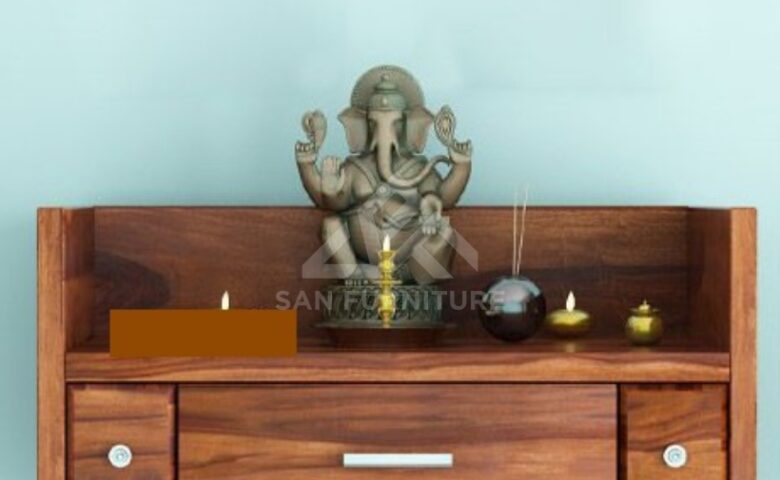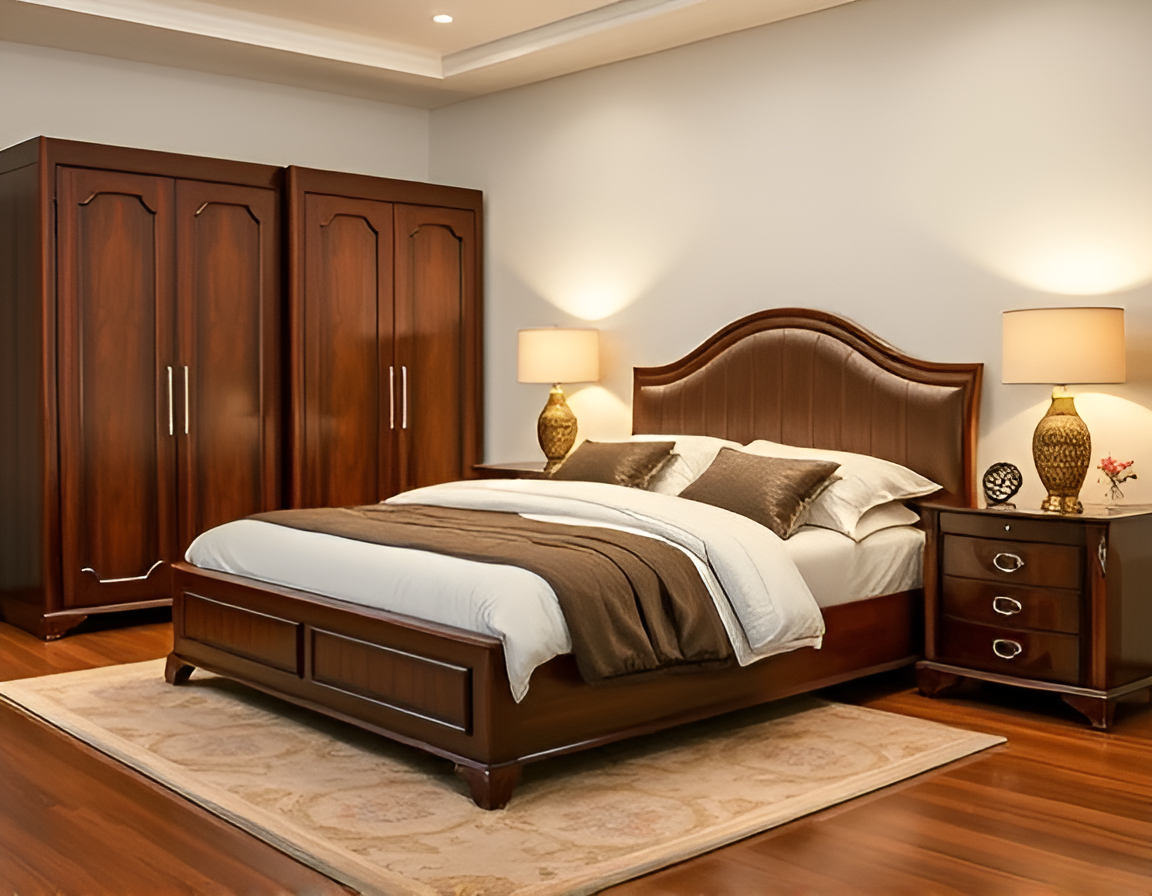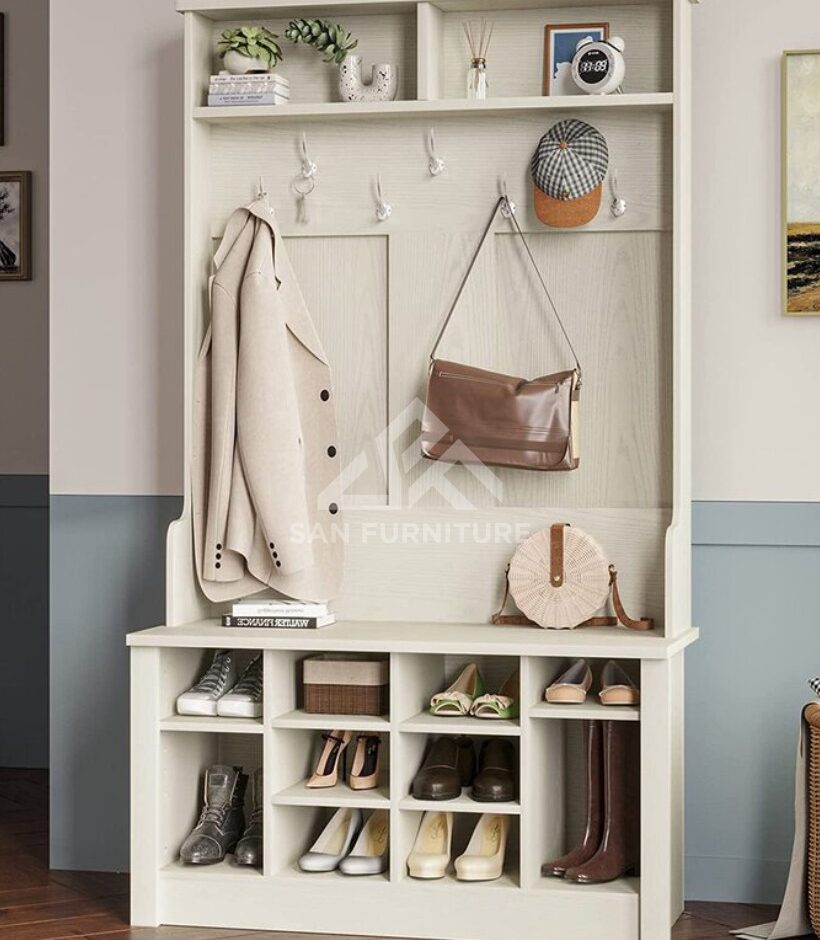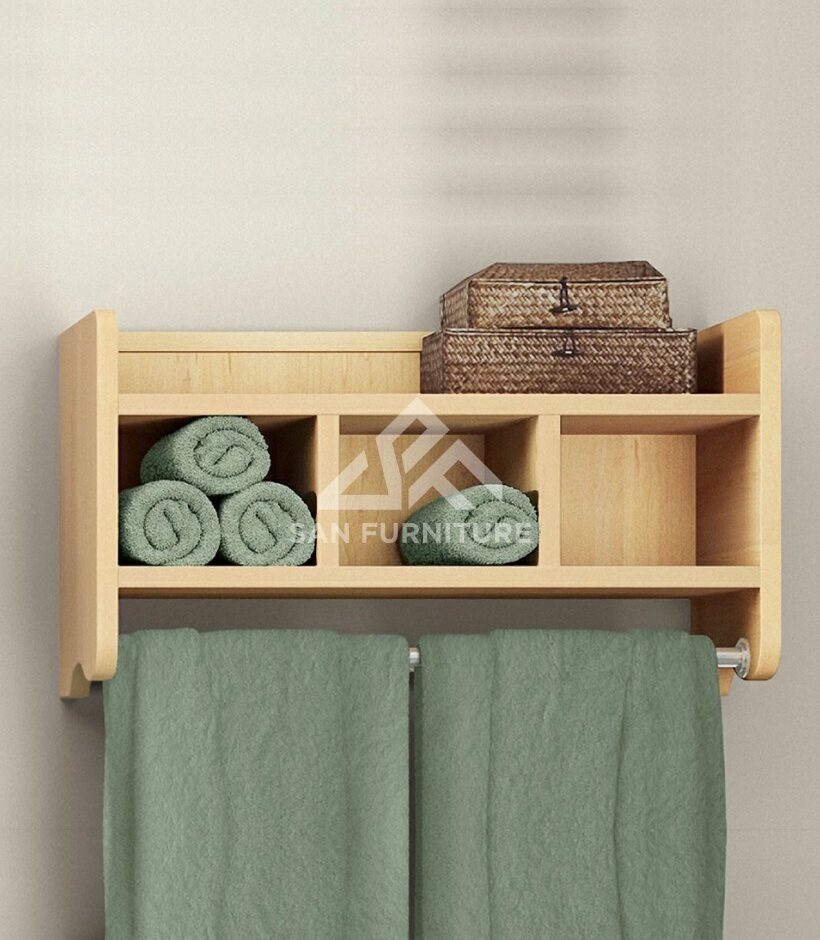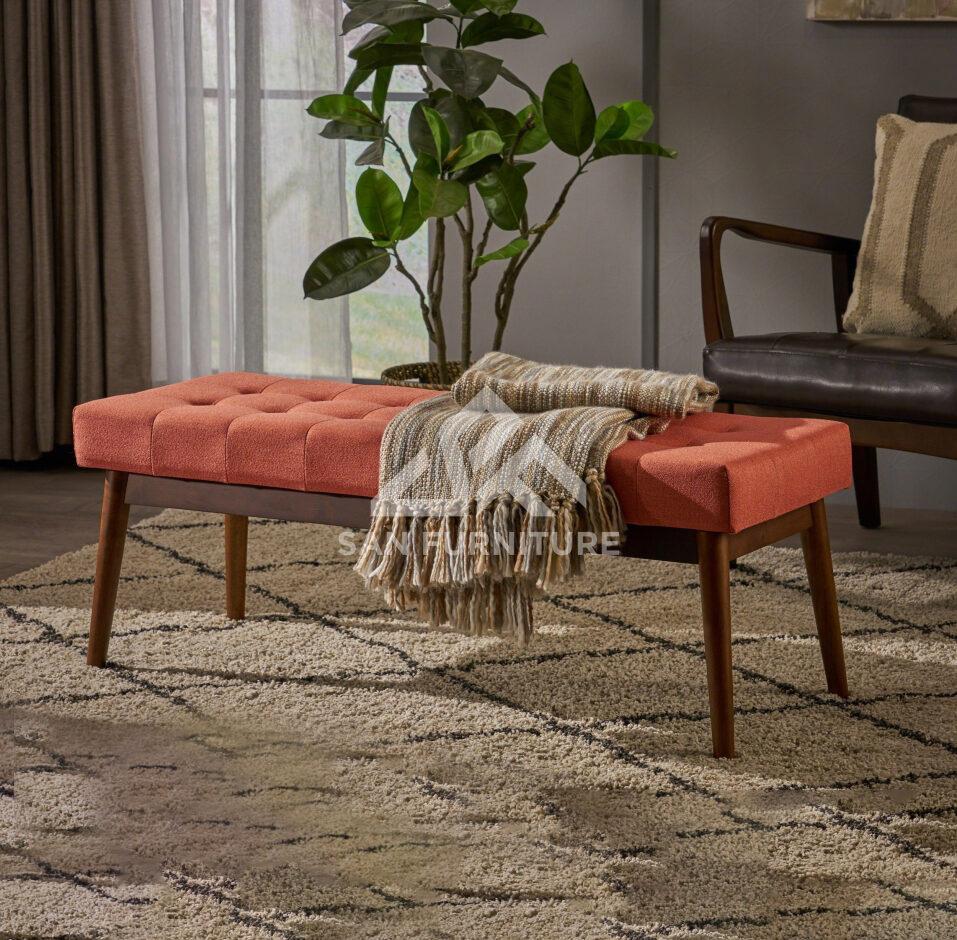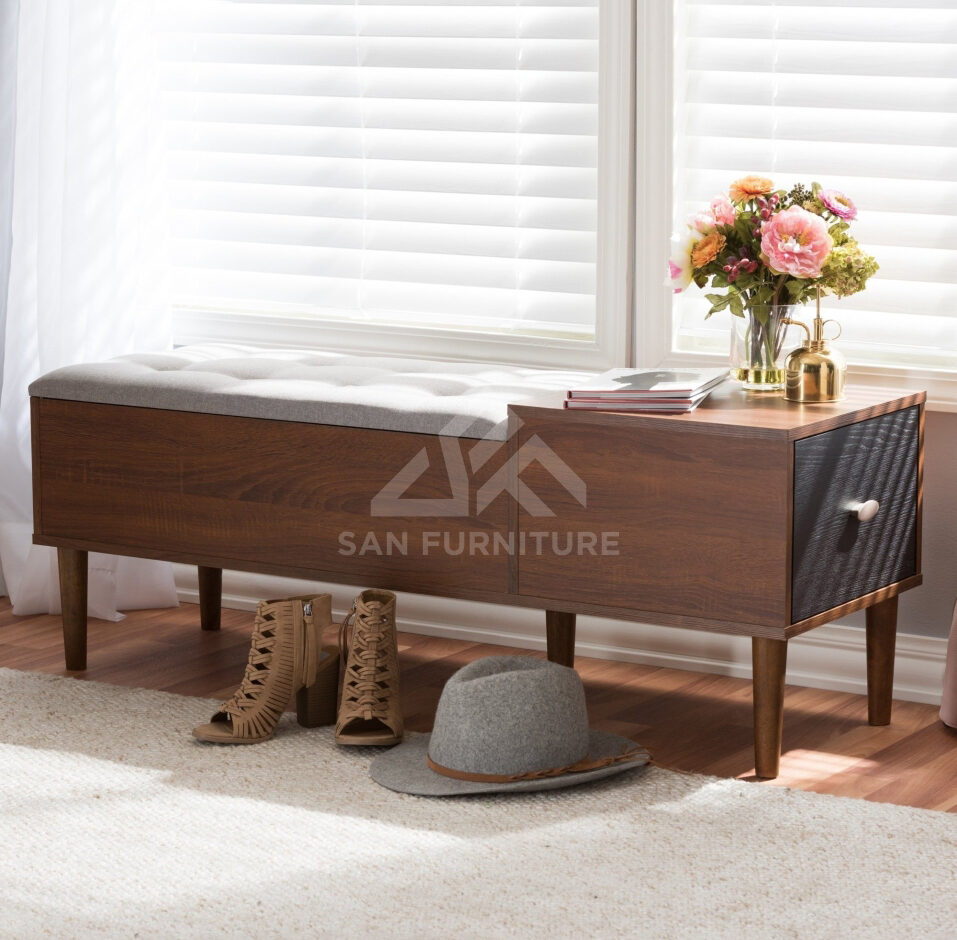When building a mandir for home, there are several things to keep in mind. These include Direction, Material, Size, and Design. Using a compass is helpful in determining the right direction for your mandir. The main entrance of your home should face the mandir to attract positive energies. Avoid placing the mandir in the southwest corner of the house, because this will invite negative energies into your home. However, if you want to create a home mandir in this direction, you can place an image of lord Hanuman on the door to bring good energy into your house.
Design Options of Pooja Mandir for Home
Some are simple and traditional, while others are more modern. In fact, a simple mandir can still look lavish if the right design is chosen. There are several different design options for a mandir for home. For example, a simple, elegant corner mandir will be great for a small home. It can accommodate shelves for incense sticks and diyas. However, it should not be overcrowded with clutter and should create a peaceful and relaxing atmosphere.
Home Temple
The location of a home mandir is also important. It should face the north or east to ensure the best spiritual energy. You should also provide plenty of space for sitting and praying, as this will ensure that every family member can be able to pray in it. You may even want to consider the style of prayer you perform, as this will influence the size and shape of your mandir. A wooden mandir is a beautiful choice for a home temple. They come in different sizes and can have a pyramid or dome-shaped roof. They can also have elaborate motifs on the roof. The wood used for mandirs is a durable material that will last for many years.
Wooden Street sells a range of designs for a Pooja mandir for home. Many of the designs are inspired by the architecture of ancient temples. You can find traditional Indian arch patterns, floral designs, and shlokas in the designs. They can also be placed behind translucent or lattice panels to highlight the play of light and create a heavenly atmosphere in your home.
Mandir for Home Material
When you build a mandir for home, you must consider the material you want to use. There are many options when it comes to materials. One of the most popular choices is plywood, which comes in a variety of colors and designs. Plywood is a very durable material and will last for many years.
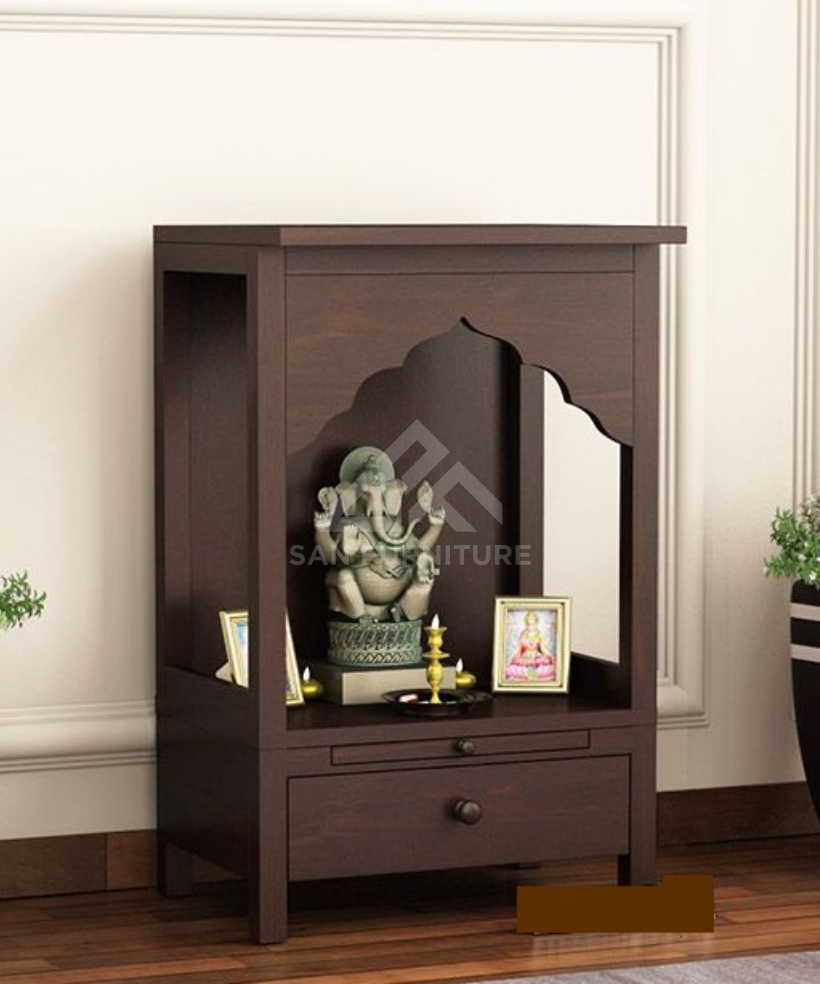
Another option for material is marble. Marble is a more expensive option but is suitable for smaller temples. Make sure to consider the size and shape of your mandir when choosing a marble or wooden mandir. You also need to consider the location. A northeast-facing location is best, but a west or north-facing location will also work. You should also consider placing the mandir on a pedestal to encourage positive energy flow throughout the house. A rectangular or square shape is the most appropriate size for a pooja mandir for home.
The best direction for your mandir is the northeast. This is regarded as the most auspicious direction as it helps to imbibe the most solar energy into the home. You can also consider the north and east directions if you have enough space. However, it is important to remember that facing the south is not advisable because of the negative effects.
The design of your mandir can be simple or ornate. It depends on your preferences and the size of the home. A simple design can be done with simple materials and can complement the overall interior design. If you want to go for a more lavish look, you can incorporate different lighting options or add a false ceiling. You can also use antique wooden designs.
Direction
Choosing the Direction of the Mandir for home is an important aspect of Vastu. The right direction of the mandir can bring prosperity to the home. The northeast is considered to be the most auspicious direction. The southwest is not considered auspicious at all. You can use a compass to choose the right direction for your mandir. It is also recommended that you place the mandir in the center of the house. The door to the mandir should not be facing the southwest because it can bring in negative energies. Placing an image of lord Hanuman outside the door will also help.
If your home does not have a pooja room, then you can place the mandir in a common area like the living room or kitchen and the mandir shouldn’t be different from other home furniture. Make sure that the direction of the mandir is facing the northeast. However, you should avoid putting the mandir in the bedroom. This is because you do not want your feet pointing towards the mandir while you are sleeping.
When designing a mandir for home, make sure that the doors and windows of the room face north or east. It is also important that you have a lot of space in front of your mandir so that you can open the shutters and allow fresh air to enter the space. You also want to make sure that the mandir is clean so that Goddess Lakshmi can come to your home and bless you.
Cost of Pooja Mandir
There are many different ways to reduce the cost of a mandir for your home. One way is to build a wooden temple. A wooden temple is an excellent way to show off Indian culture and tradition. Many wooden temples are made with beautiful arches and carved pillars. They also include pooja shelves and tall shikhars. You can find many different designs and sizes online, so it’s easy to find one that fits the style of your home. Bringing one home can also help you practice the tenets of your religion.
While traditional home mandirs are typically built outside the home, a wooden one can be a beautiful addition to your home. Wooden praying units, such as those sold by Craftatoz, can be used to worship the gods and goddesses without breaking the bank. This affordable option offers you a simple yet elegant way to create a personal temple.
A wooden home temple is considered one of the most sacred rooms in a home. Its presence in the home promotes good luck, prosperity, and peace. The best wooden home temples will fit in with the rest of your furniture. You can even choose from a variety of different finishes to suit your style.
A premium wooden mandir is one of the most attractive options, owing to its quality wood and artistic design. This type of wood will last a lifetime. Other materials used for building a mandir include mango wood, Shagun wood, and Rosewood. Craftatoz, one of the finest furnishing houses in India, offers excellent wooden mandirs at a reasonable price.
Vastu principles
If you are looking to build a home mandir, there are a few Vastu principles you should know. First, the mandir’s direction must be in the northeast part of your home. This is the direction where the sun rises and Lord Indra lives. It’s said that if you place your mandir in this direction, it will attract positive changes in your life.
Secondly, the pooja room should have a door. Ideally, the door should be wooden with two shutters and a threshold. It should also be located on the ground floor, not the basement or the upper floor. Vastu principles also discourage the placement of pooja rooms on elevated floors or on the roof.
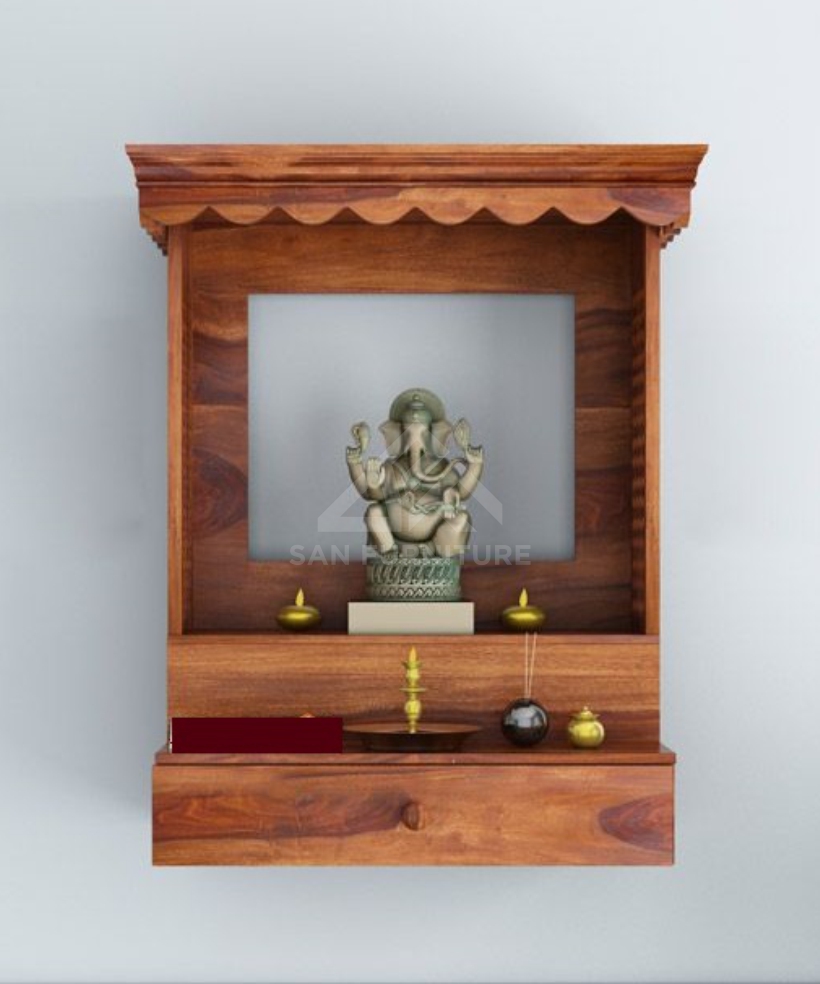
The direction in which the mandir is located is also important. The northeast is considered auspicious. The idol should be arranged in the right puja unit layout. The mandir should be placed in the center of a room, such as a dedicated puja area, or it could be placed in a small apartment.
In addition, it is important to keep the stove away from the mandir. This is to protect it from bad luck. Also, it is important not to place the mandir opposite a gas stove or a kitchen sink.
When building a mandir for home, there are several things to keep in mind. These include Direction, Material, Size, and Design. Using a compass is helpful in determining the right direction for your mandir. The main entrance of your home should face the mandir to attract positive energies. Avoid placing the mandir in the southwest corner of the house, because this will invite negative energies into your home. However, if you want to create a home mandir in this direction, you can place an image of lord Hanuman on the door to bring good energy into your house.
Design options
There are several different design options for a mandir for home. Some are simple and traditional, while others are more modern. In fact, a simple mandir can still look lavish if the right design is chosen. For example, a simple, elegant corner mandir will be great for a small home. It can accommodate shelves for incense sticks and diyas. However, it should not be overcrowded with clutter and should create a peaceful and relaxing atmosphere.
The location of a home mandir is also important. It should face the north or east to ensure the best spiritual energy. You should also provide plenty of space for sitting and praying, as this will ensure that every family member can be able to pray in it. You may even want to consider the style of prayer you perform, as this will influence the size and shape of your mandir.
A wooden mandir is a beautiful choice for a home temple. They come in different sizes and can have a pyramid or dome-shaped roof. They can also have elaborate motifs on the roof. The wood used for mandirs is a durable material that will last for many years.
Wooden Street sells a range of designs for a mandir for home. Many of the designs are inspired by the architecture of ancient temples. You can find traditional Indian arch patterns, floral designs, and shlokas in the designs. They can also be placed behind translucent or lattice panels to highlight the play of light and create a heavenly atmosphere in your home.
Material
When you build a mandir for home, you must consider the material you want to use. There are many options when it comes to materials. One of the most popular choices is plywood, which comes in a variety of colors and designs. Plywood is a very durable material and will last for many years.
Another option for material is marble. Marble is a more expensive option but is suitable for smaller temples. Make sure to consider the size and shape of your mandir when choosing a marble or wooden mandir. You also need to consider the location. A northeast-facing location is best, but a west or north-facing location will also work. You should also consider placing the mandir on a pedestal to encourage positive energy flow throughout the house. A rectangular or square shape is the most appropriate size for a pooja mandir.
The best direction for your mandir is the northeast. This is regarded as the most auspicious direction as it helps to imbibe the most solar energy into the home. You can also consider the north and east directions if you have enough space. However, it is important to remember that facing the south is not advisable because of the negative effects.
The design of your mandir can be simple or ornate. It depends on your preferences and the size of the home. A simple design can be done with simple materials and can complement the overall interior design. If you want to go for a more lavish look, you can incorporate different lighting options or add a false ceiling. You can also use antique wooden designs.
Direction
Choosing the Direction of the Mandir for home is an important aspect of Vastu. The right direction of the mandir can bring prosperity to the home. The northeast is considered to be the most auspicious direction. The southwest is not considered auspicious at all. You can use a compass to choose the right direction for your mandir. It is also recommended that you place the mandir in the center of the house. The door to the mandir should not be facing the southwest because it can bring in negative energies. Placing an image of lord Hanuman outside the door will also help.
If your home does not have a pooja room, then you can place the mandir in a common area like the living room or kitchen. Make sure that the direction of the mandir is facing the northeast. However, you should avoid putting the mandir in the bedroom. This is because you do not want your feet pointing towards the mandir while you are sleeping.
When designing a mandir for your home, make sure that the doors and windows of the room face north or east. It is also important that you have a lot of space in front of your mandir so that you can open the shutters and allow fresh air to enter the space. You also want to make sure that the mandir is clean so that Goddess Lakshmi can come to your home and bless you.
Cost
There are many different ways to reduce the cost of a mandir for your home. One way is to build a wooden temple. A wooden temple is an excellent way to show off Indian culture and tradition. Many wooden temples are made with beautiful arches and carved pillars. They also include pooja shelves and tall shikars. You can find many different designs and sizes online, so it’s easy to find one that fits the style of your home. Bringing one home can also help you practice the tenets of your religion.
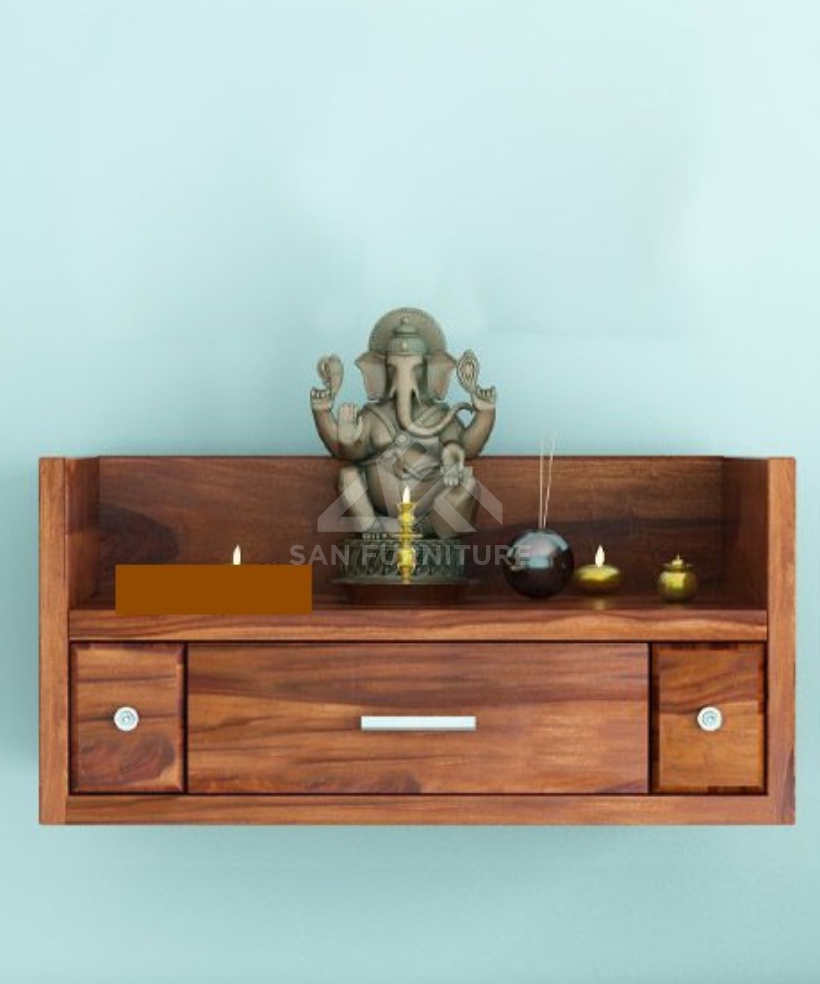
While traditional home mandirs are typically built outside the home, a wooden one can be a beautiful addition to your home. Wooden praying units, such as those sold by Craftatoz, can be used to worship the gods and goddesses without breaking the bank. This affordable option offers you a simple yet elegant way to create a personal temple.
A wooden home temple is considered one of the most sacred rooms in a home. Its presence in the home promotes good luck, prosperity, and peace. The best wooden home temples will fit in with the rest of your furniture. You can even choose from a variety of different finishes to suit your style.
A premium wooden mandir is one of the most attractive options, owing to its quality wood and artistic design. This type of wood will last a lifetime. Other materials used for building a mandir include mango wood, Shagun wood, and Rosewood. Crafton, one of the finest furnishing houses in India, offers excellent wooden mandirs at a reasonable price.
Vastu principles
If you are looking to build a home mandir, there are a few Vastu principles you should know. First, the mandir’s direction must be in the northeast part of your home. This is the direction where the sun rises and Lord Indra lives. It’s said that if you place your mandir in this direction, it will attract positive changes in your life.
Secondly, the pooja room should have a door. Ideally, the door should be wooden with two shutters and a threshold. It should also be located on the ground floor, not the basement or the upper floor. Vastu principles also discourage the placement of pooja rooms on elevated floors or on the roof.
The direction in which the mandir is located is also important. The northeast is considered auspicious. The idol should be arranged in the right puja unit layout. The mandir should be placed in the center of a room, such as a dedicated puja area, or it could be placed in a small apartment.
In addition, it is important to keep the stove away from the mandir. This is to protect it from bad luck. Also, it is important not to place the mandir opposite a gas stove or a kitchen sink.

